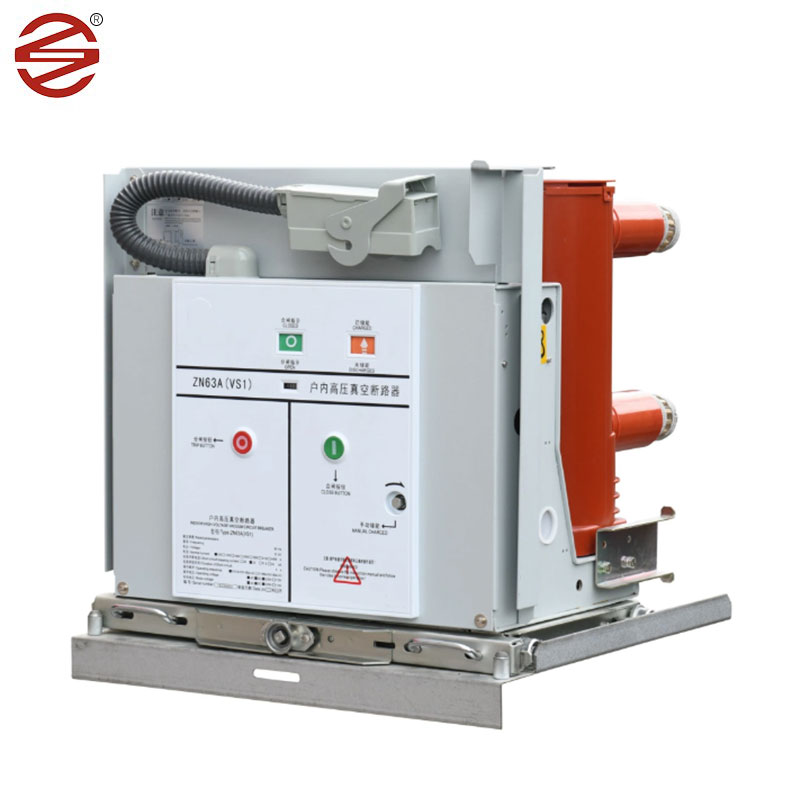
- English
- Español
- Português
- русский
- Français
- 日本語
- Deutsch
- tiếng Việt
- Italiano
- Nederlands
- ภาษาไทย
- Polski
- 한국어
- Svenska
- magyar
- Malay
- বাংলা ভাষার
- Dansk
- Suomi
- हिन्दी
- Pilipino
- Türkçe
- Gaeilge
- العربية
- Indonesia
- Norsk
- تمل
- český
- ελληνικά
- український
- Javanese
- فارسی
- தமிழ்
- తెలుగు
- नेपाली
- Burmese
- български
- ລາວ
- Latine
- Қазақша
- Euskal
- Azərbaycan
- Slovenský jazyk
- Македонски
- Lietuvos
- Eesti Keel
- Română
- Slovenski
- मराठी
- Srpski језик
Transformer principle
2024-09-05
The working principle of the transformer is based on electromagnetic induction. The alternating current in the primary coil generates magnetic flux, which induces voltage or current in the secondary coil, thereby realizing the transformation of voltage, current and impedance.
The transformer is mainly composed of an iron core (or magnetic core) and a coil, and the coil has two or more windings. The winding connected to the power supply is called the primary coil, and the remaining windings are called the secondary coil. When an alternating current is passed through the primary coil, an alternating magnetic flux is generated in the iron core (or magnetic core), and this magnetic flux induces voltage (or current) in the secondary coil. The core of the transformer is to use the electromagnetic mutual induction effect to transform voltage, current and impedance.
The transformer is not only used for voltage transformation, but also for current transformation and impedance transformation. It is a static electrical device used to convert a certain value of alternating voltage (current) into another or several different values of voltage (current) with the same frequency. Transformers are widely used in industry, agriculture, transportation, urban communities and other fields, and are basic equipment for power transmission and distribution.
In order to have a deeper understanding of the working principle of the transformer, you can refer to the relevant schematics and formulas. These resources will help you better grasp the working mechanism of the transformer and its specific performance in different application scenarios. For example, the voltage ratio between the primary coil and the secondary coil of the transformer is related to the ratio of the number of turns between the primary coil and the secondary coil, which can be expressed by the formula: primary coil voltage/secondary coil voltage = primary coil turns/secondary coil turns. This shows that the more turns, the higher the voltage. Therefore, by changing the turns ratio of the winding, the purpose of changing the voltage can be achieved.




